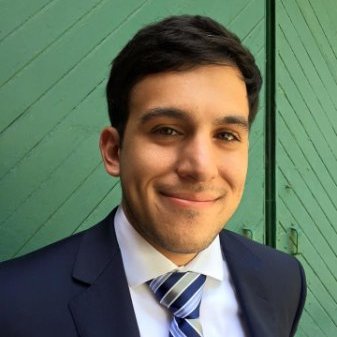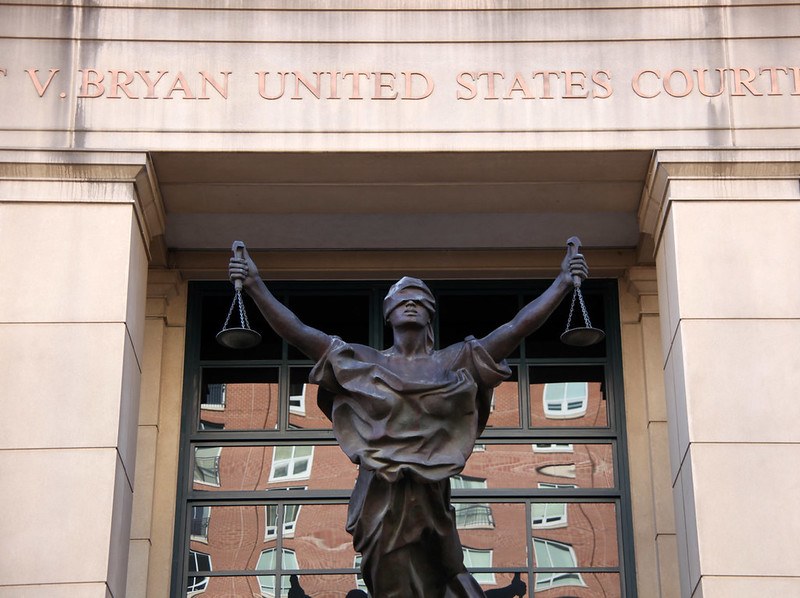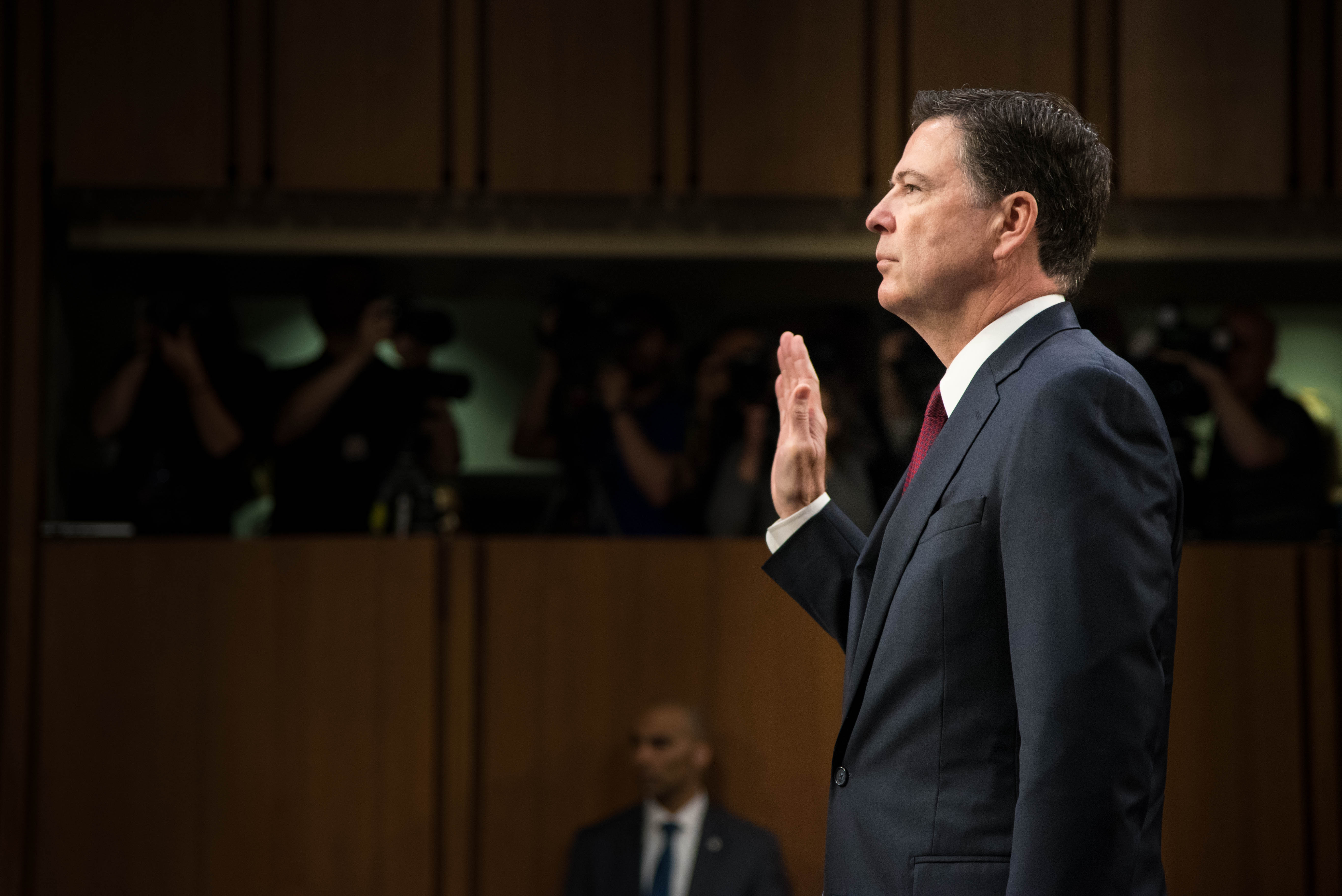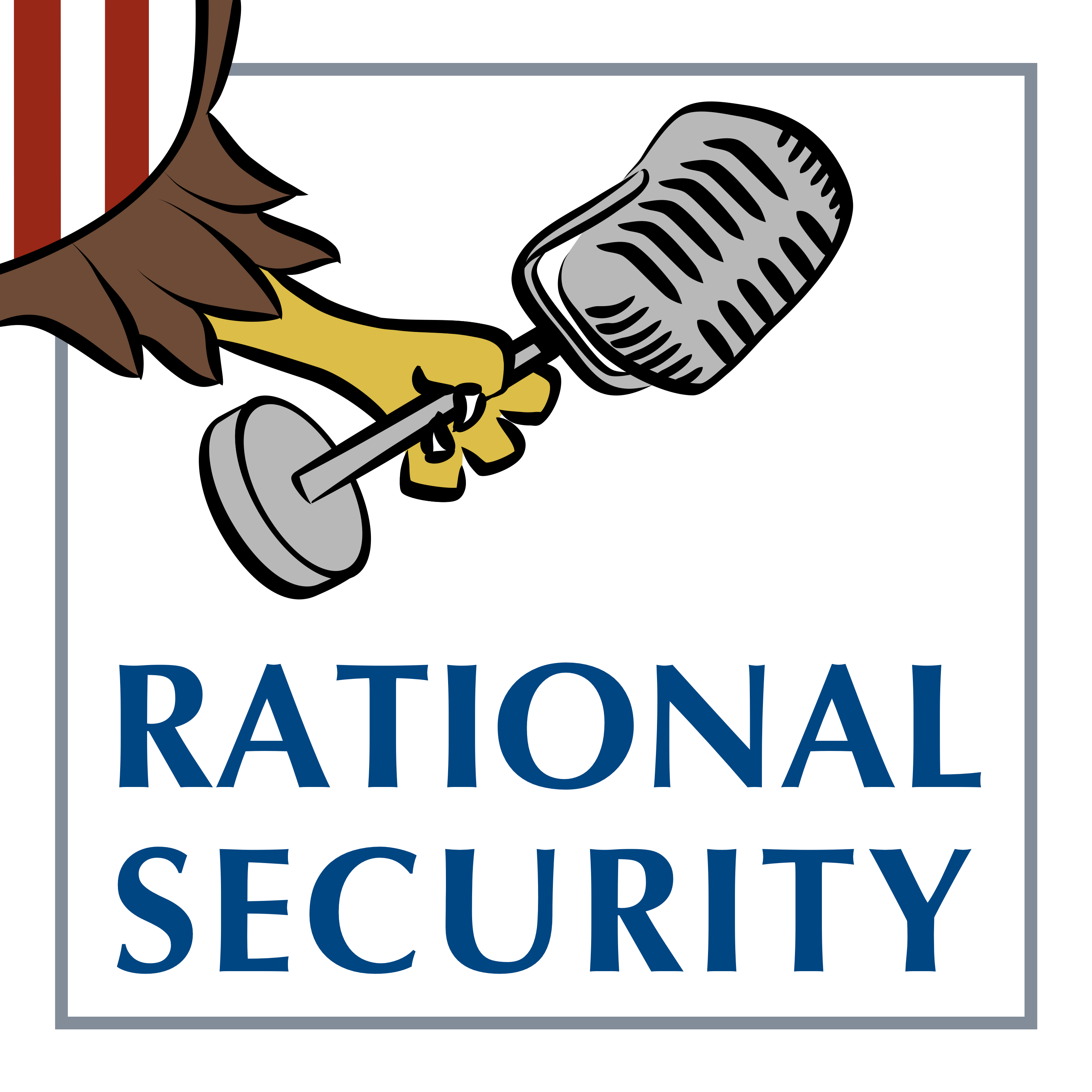Confronting the Protective Power
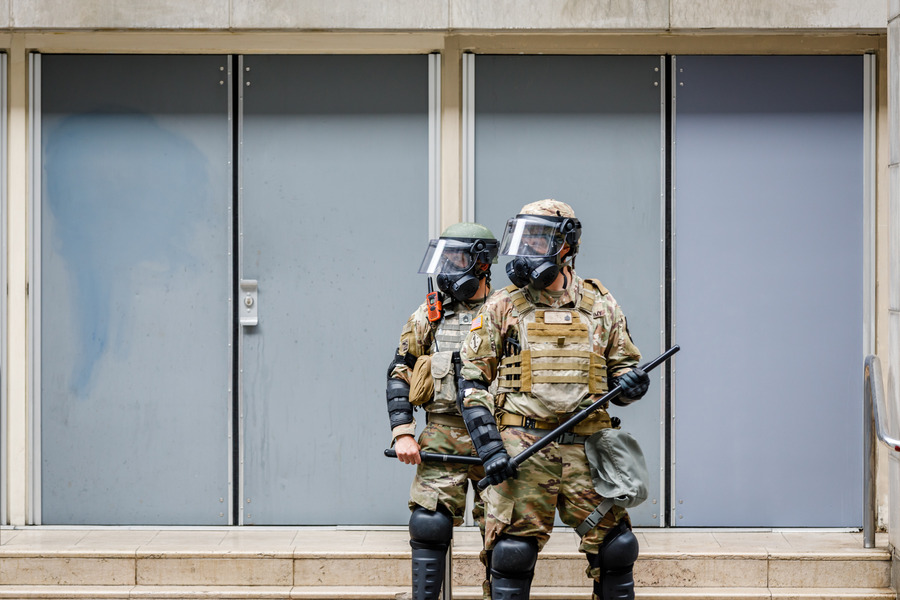
Published by The Lawfare Institute
in Cooperation With

For the first time, the Supreme Court is poised to weigh in on the legality of President Trump’s decision to deploy military personnel in a range of American cities. The question before the Court is whether the president properly invoked the authority provided by 10 U.S.C. § 12406 to bring National Guard personnel into federal service. But in the course of briefing, another issue has arisen: whether the president has inherent constitutional authority to deploy active-duty forces domestically, free from the constraints of the Posse Comitatus Act.
The Supreme Court need not answer this question at this time, nor should it attempt to, given the importance and complexity of the issue and the scant briefing it has received. But it seems increasingly likely the question will eventually come before the Court. If and when it does, the answer to this question should be an emphatic “no.”
The current litigation—which challenges the president’s federalization and attempted deployment of Illinois and Texas National Guard forces for the stated purpose of protecting federal persons, property, and functions in Chicago—began just as the deployment was announced in early October. The case has reached the Supreme Court on a preliminary basis, with the Trump administration seeking an emergency stay of a district court order temporarily restraining the deployment. At the center of this litigation is 10 U.S.C. § 12406, which permits federalization of the National Guard, inter alia, “when the president is unable with the regular forces to execute the laws of the United States.” Thanks in substantial part to an intervention by Marty Lederman, a critical issue before the Court is whether “the regular forces” means active-duty armed forces.
If the Court agrees that “the regular forces” refers to the active-duty military and that this precondition for using Section 12406 hasn’t been satisfied, we might expect the president to try using active-duty military personnel in Chicago, Portland, Los Angeles, and elsewhere. In fact, the Trump administration has already claimed this authority in its briefing. The administration has argued that the president has inherent constitutional authority under the Take Care Clause (a provision of Article II that requires the president to “take Care that the Laws be faithfully executed”) to deploy active-duty troops to protect federal property, personnel, and functions. The administration has further argued that the Posse Comitatus Act, which generally prohibits using the military to “execute” federal law, does not apply when troops are engaged in these tasks.
Although the administration calls these propositions “well established,” nothing could be further from the truth. The administration has cited only two cases to support its sweeping theory of authority to use the military to protect federal functions, persons, and property (i.e., the protective power), both dating from the 1890s. In the first case, In re Neagle, the Court was called to opine on whether a federal district court properly granted a habeas petition for U.S. Marshal David Neagle, who was held in custody for violating California’s murder statute after he killed a man assailing Justice Stephen Field on a train. The Court’s opinion appears to suggest that the president has inherent power to protect federal personnel, including by deploying troops, under the Take Care Clause. But, as the Department of Justice has historically admitted, this language is dicta—not only because the case did not involve any military deployment but also because there was on-point statutory law authorizing Neagle to use force to protect Justice Field. U.S. Marshals were authorized to exercise “in each state, the same powers in executing the laws of the United States as the sheriffs and their deputies in such state may have.” As the Court went on to demonstrate, sheriffs in California—where the shooting occurred—had the authority to protect someone, including through the use of deadly force, against an attempt on that person’s life.
The second case that the Department of Justice relies upon, In re Debs, provides even less support for the administration’s claim. There, the Court held that the Constitution, by granting the federal government (and Congress specifically) the power to regulate interstate commerce, also accords to the federal government the power to “prevent any unlawful and forcible interference therewith.” While this case establishes that the federal government is empowered to protect federal functions, it nowhere states that the president has an independent protective power that lies beyond the reach of congressional authorization or constraint. Ultimately, the Court held only that the federal courts had authority to impose an injunction to prevent an obstruction of the mails.
Whatever authority the president might have in the absence of statutory authority (a question Neagle and Debs do not squarely answer), Youngstown teaches us that Congress may constrain or displace presidential authority as long as Congress is acting within its own powers. It is beyond question that Congress has authority to provide for the protection of federal property, personnel, and functions. It did so in Neagle and has done so (uncontroversially) in countless other contexts. That authority flows directly from its various enumerated powers, including the Necessary and Proper Clause.
Pursuant to that authority, Congress has enacted a comprehensive legislative framework that specifies how the government may and may not protect federal property, personnel, and functions. This framework includes 40 U.S.C. § 1315, which not only charges the secretary of homeland security with the “protection of property owned or occupied by the Federal Government and persons on the property” but also specifies the recourse if Federal Protective Service personnel are overwhelmed (i.e., the secretary may cross-designate any Department of Homeland Security employee to serve as backup). In fact, there are approximately 80,000 law enforcement officers in the Department of Homeland Security who may be tapped to perform this function. The framework also includes Chapter 15 of Title 10, which specifies when and how the president may use the military to assist federal law enforcement operations. And, most importantly, it includes the Posse Comitatus Act, which prohibits using the military to “execute the laws” unless expressly authorized by statute or the Constitution.
The Trump administration nonetheless argues that actions undertaken pursuant to the protective power are unconstrained by the Posse Comitatus Act. In making this argument, the administration is arguably going beyond the Department of Justice’s own prior opinions. I have written previously about the executive branch’s (changing) historical accounts of the protective power. Even in its most expansive incarnation, articulated by the Office of Legal Counsel in the early 1970s, it has not clearly been presented as a basis for military personnel to engage in law execution activities that would otherwise be prohibited by the Posse Comitatus Act. The solicitor general’s Nov. 10 brief, however, asserts that the standing military also can facilitate the execution of the laws pursuant to the president’s Article II authority “to use troops for the protection of federal property and federal functions.” Later in the same brief, the solicitor general writes that these “protective functions can also be performed by the standing military under Article II notwithstanding the Posse Comitatus Act” (emphasis added)—suggesting that even direct participation in law enforcement activities would be permissible if undertaken as part of a protective operation.
As I’ve argued elsewhere, what the Department of Justice has conceded to be a theory of “inherent” constitutional authority cannot be an express exception to the Posse Comitatus Act. The War Department and Defense Department, no less, have never made such a claim. The Posse Comitatus Act only permits “express” statutory or constitutional exceptions from its prohibitions, and the executive branch, in all of its regulations implementing the Posse Comitatus Act, has never listed the Take Care Clause as such an exception. The protective power cannot and does not override the clear constraints of the Posse Comitatus Act.
Nor can the administration dodge the Posse Comitatus Act by claiming (without any citation to authority) that, “[w]hen the military provides ... protection to those who enforce the laws, it is not itself ‘execut[ing] the laws’ within the meaning of the Posse Comitatus Act.” There is an extensive body of case law interpreting the Posse Comitatus Act, and those cases establish that the law applies whenever federal forces subject civilians to an exercise of military power that is “regulatory, prescriptive, or compulsory in nature.” Accordingly, the Defense Department has long taken the position that an exception from the Posse Comitatus Act is necessary for federal forces to engage in any kind of security function, including security patrols, crowd control, and traffic control. These are exactly the activities that federalized National Guard forces (and, in Los Angeles, U.S. Marines) have been authorized to undertake when deployed by the administration to protect federal property, personnel, and functions. In short, as I’ve argued before, there is no practicable way to reconcile the kinds of activities that even a conservative take on the protective power would support with the various judicial tests that implement the Posse Comitatus Act.
When the Supreme Court finally rules on the Trump administration’s request for relief in Illinois, the opinion will center on the scope, nature, and (potentially) reviewability of 10 U.S.C. § 12406. But the federal protective power will be looming in the background, even if the Court wisely avoids addressing it for now. The administration’s conception of this power is flawed in multiple respects and does not give the administration the license it seeks to evade the clear constraints of the law.

